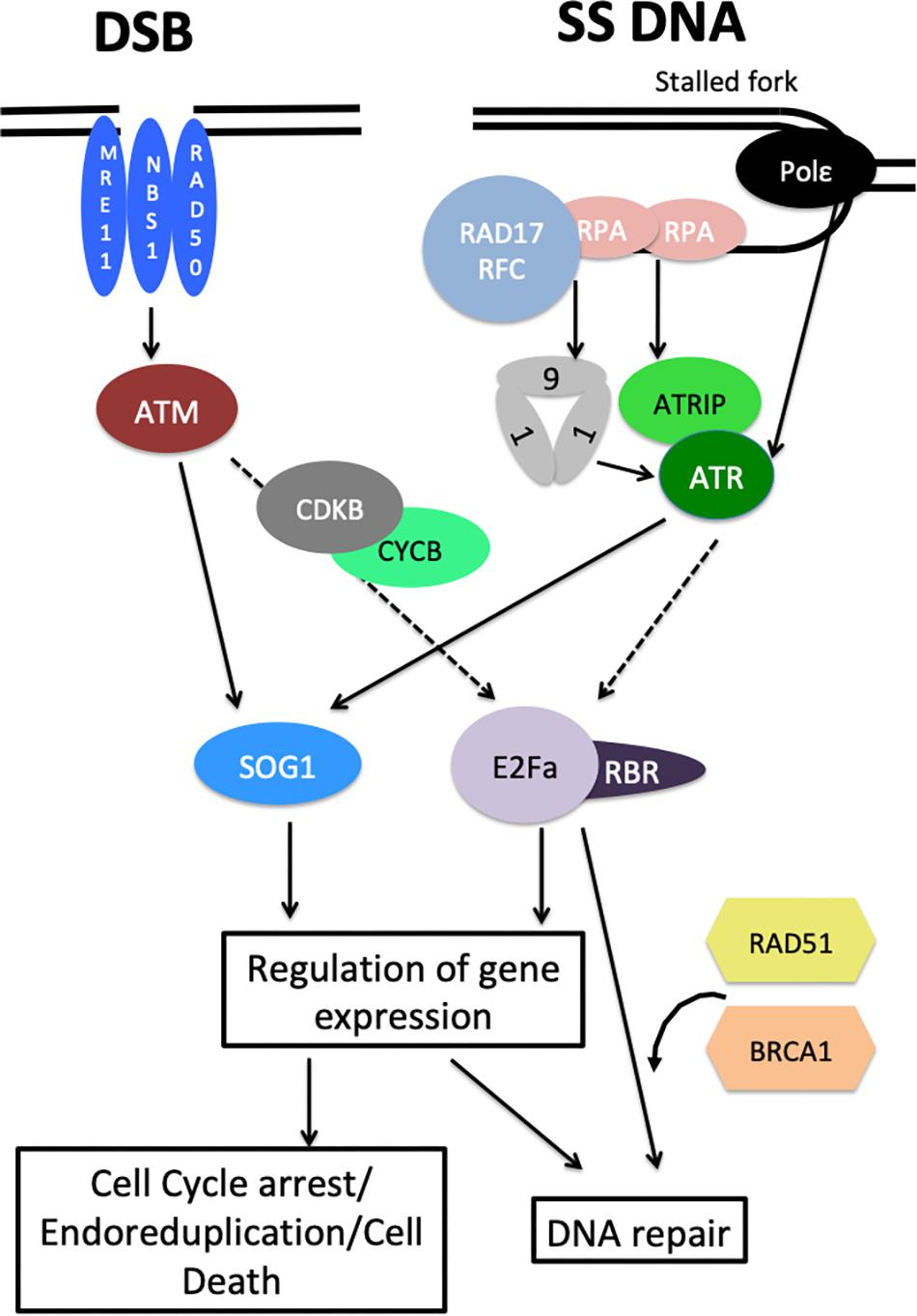Regulatory Analysis of Plant Telomere Shearing
Telomeres are specialized structures found at the ends of linear chromosomes, and they play a crucial role in maintaining genomic stability and cell proliferation. Plant telomere shearing refers to the process by which telomeres, the protective caps at the ends of chromosomes, are shortened or fragmented in plants. Telomere shearing can occur due to various factors, such as oxidative stress, DNA replication errors, and exposure to harmful environmental conditions. Genetic factors and age-related processes can also influence it. This process is tightly regulated by several regulatory mechanisms to ensure proper chromosome stability and function.
Lifeasible employs state-of-the-art technologies and cutting-edge methodologies to provide precise and accurate regulatory analysis of plant telomere shearing. Our comprehensive approach considers the various aspects involved, including telomerase and telomere-binding proteins, DNA damage response pathways, and chromatin remodeling complexes.
DNA Damage Response Pathways
 Fig. 1 Overview of the plant DNA damaging responses. (Nisa MU, et al., 2019)
Fig. 1 Overview of the plant DNA damaging responses. (Nisa MU, et al., 2019)
- Telomere shearing often occurs during DNA replication when replication forks encounter obstacles, such as DNA lesions or protein complexes. This shearing can result in the loss of telomeric repeats and structural changes in telomeres. To maintain chromosome stability, plants have evolved robust DNA damage response pathways.
- We provide analysis of DNA damage response pathways in terms of their key pathways, including the ataxia telangiectasia mutated (ATM) and ataxia telangiectasia and rad3-related (ATR) pathway. ATM and ATR are kinases that sense DNA damage signals and initiate a cascade of events leading to DNA repair and cell cycle arrest. These kinases are activated upon recognition of telomere shearing and play a vital role in coordinating the repair mechanisms at telomeres.
Chromatin Remodeling Complexes
- We offer an analysis of the regulatory role of chromatin remodeling complexes, which regulate access to DNA by altering the position of nucleosomes, the basic unit of chromatin. Chromatin structure plays a critical role in telomere regulation. Chromatin remodeling complexes modulate the accessibility of telomeres to telomere-binding proteins and influence telomere function.
- We focus on the SWITCH/SUCROSE NON-FERMENTING (SWI/SNF) complex and other related ATP-dependent chromatin remodeling complexes that are crucial in telomere maintenance. These complexes modulate chromatin structure at telomeres, allowing efficient repair processes to take place. Additionally, they are involved in recruiting telomere-binding proteins and telomerase to damaged telomeres.
Homologous Recombination and Non-homologous End Joining
We also analyze the homologous recombination and non-homologous end-joining pathways, considering that telomere shearing can occur due to aberrant recombination events. They are involved in the processing and repair of telomeric DNA breaks, ensuring telomere length and integrity.
Lifeasible, a pioneering company in biological research, strives to deliver high-quality results that contribute to advancing our understanding of telomere biology. If you are interested in our services or have some questions, please feel free to contact us or make an online inquiry.
Reference
- Nisa MU, et al. (2019). "The Plant DNA Damage Response: Signaling Pathways Leading to Growth Inhibition and Putative Role in Response to Stress Conditions." Front Plant Sci. 10, 653.
For research or industrial raw materials, not for personal medical use!
 Fig. 1 Overview of the plant DNA damaging responses. (Nisa MU, et al., 2019)
Fig. 1 Overview of the plant DNA damaging responses. (Nisa MU, et al., 2019)